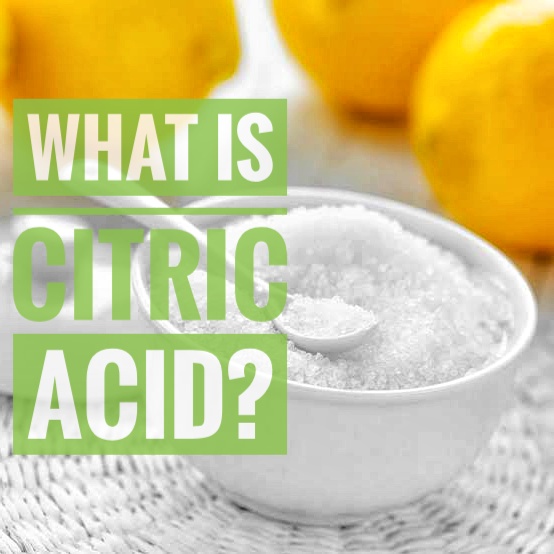What is citric acid?
Citric acid is the premier acid for the food and beverage industry because it offers a unique combination of desirable properties, ready availability in commercial quantities, and competitive pricing. It is estimated that citric acid worldwide accounts for more than 80% of general purpose acidulants used.
Citric acid is also the predominant acid in many vegetables, such as potatoes, tomatoes, asparagus, turnips, and peas, but in lower concentrations. The citrate ion occurs in all animal tissues and fluids.
The total circulating citric acid in the serum of man is approximately 1 mg/kg of body weight. Citric acid is manufactured by fermentation, a natural process using living organisms.
The acid is recovered in pure crystalline form either as the anhydrous or monohydrate crystal depending on the temperature of crystallization. The transition temperature is 36.6°C .
Crystallization above this temperature produces an anhydrous product while the monohydrate forms at lower temperatures. With an occasional exception for technological reasons, the anhydrous form is preferred for its physical stability and is the more widely available commercial form.
The salts of citric acid that are used in the food industry are sodium citrate dihydrate and anhydrous, monosodium citrate, potassium citrate monohydrate, calcium citrate tetrahydrate, and ferric ammonium citrate, in both brown and green powder. These salts are used either for functional purposes such as buffering or emulsification, as a source of cation for technological purposes, such as calcium to aid the gelation of low methoxyl pectin, or as a mineral source for food supplementation.
 |
| Citric acid is a hydroxy tribasic acid that is a white granule or powder. It is odorless with no characteristic taste other than tartness. Its physical and chemical properties are listed in picture. |
Citric acid and its salts are used across the broad spectrum of food and beverage products:
- Beverages
- Gelatin desserts
- Baked goods
- Jellies, jams, and preserves
- Candies
- Fruits and vegetables
- Dairy products
- Meats
- Seafood
- Fats and oils

